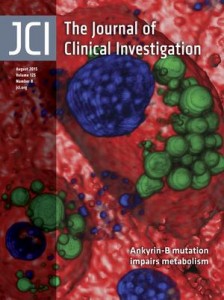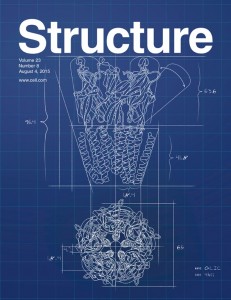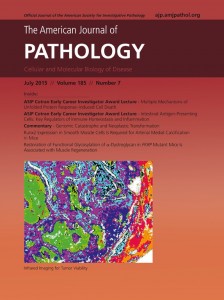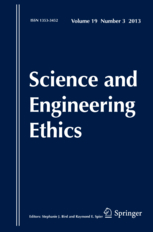 A third retraction — and a notice of concern — have emerged from the investigation into a husband and wife research team at the University of Toronto that found evidence of faked images and duplicated data.
A third retraction — and a notice of concern — have emerged from the investigation into a husband and wife research team at the University of Toronto that found evidence of faked images and duplicated data.
The problem, according to the latest retraction note for Sylvia Asa and Shereen Ezzat, in the Journal of Clinical Investigation: Portions of the RT-PCR gels “are duplicated in this publication and in a subsequent publication.” That subsequent publication is a 2003 paper that has received a Notice of Concern from the American Journal of Pathology.
According to the retraction note, co-author Gillian E. Wu of York University signed off on the journal’s decision, but Asa, Ezzat and second author Lei Zheng dissented to the retraction. Third author Xian-Feng Zhu couldn’t be reached. Although corresponding author Asa noted that “the initial screen of these samples support the conclusions made in the paper,” the JCI made its position perfectly clear in the note:
Continue reading Canadian researchers in legal battle over investigation object to third retraction









